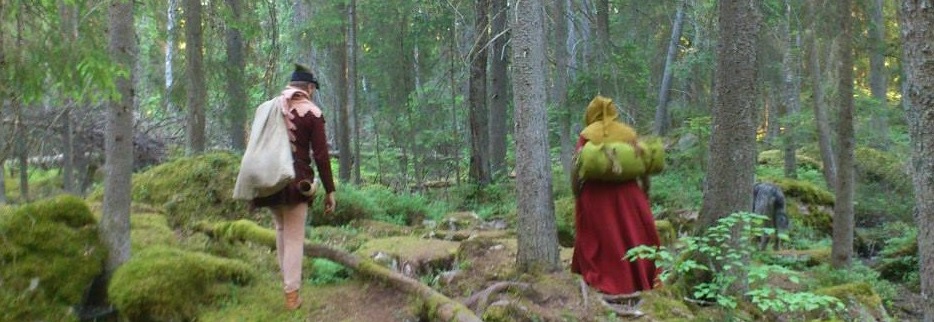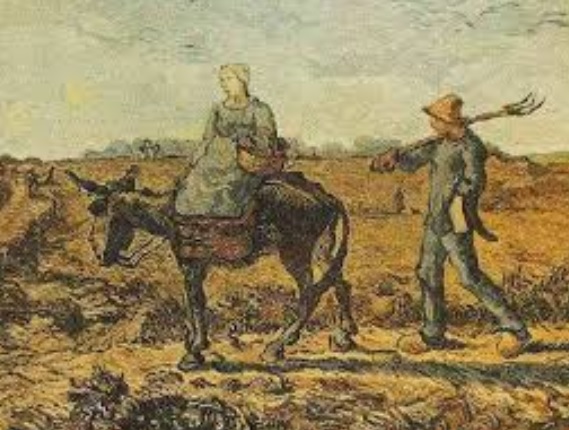Medieval peasants were largely confined to their local villages and had limited means of travel. However, they still needed to travel for various reasons such as trade, religious pilgrimages, or to seek work in other areas.
In this article, we explore the various methods of transportation that were available to medieval peasants during the Middle Ages and how they coped with the challenges of travel.
Walking
Walking was the most common method of travel for medieval peasants. They would walk to nearby villages and towns to trade goods, attend fairs and festivals, or visit friends and family. Peasants often walked long distances, some of them as much as 30 miles a day, as they needed to move around for work, pilgrimage or just for pleasure.

The weather was an important factor, and many of them had to walk in rain or even snow, making the journey even harder and more dangerous. To ease the burden, many would carry a knapsack with basic essentials such as food and a change of clothes.
Horses and Mules
Horses and mules were also used as a means of transportation for medieval peasants, however, it was not as common as walking as horses and mules were not as accessible or affordable for most of the peasant population.
Horses were mainly used for transportation for the upper-class and for the military. But for the peasants who were fortunate enough to own one, it would have been a valuable asset for traveling to marketplaces, fairs and festivals.
Mules, on the other hand, were more commonly used for transportation, as they were more hardy, and could carry heavier loads than horses. They were used to transport goods and people over rough terrain and through difficult conditions, which made them useful in the fields and in transportation between villages.

Boats and Ferries
Boats and ferries were also used by medieval peasants as a means of transportation. Rivers and waterways were important routes for trade and travel. Peasants would often use boats and ferries to transport goods, as well as themselves, across rivers and other bodies of water.
This method of transportation was especially useful for those living near the coast or in areas with many rivers, such as in parts of France and England. However, it was limited in the sense that it only allowed them to travel through water bodies and could not be used for cross-country travel, and it also had the risks of sinking, being capsized or robbed.
Conclusion
Medieval peasants had limited means of travel, but they still needed to travel for various reasons. They used walking, horses and mules, and boats and ferries as methods of transportation.
Walking was the most common method of travel for medieval peasants, however, for those who were fortunate enough to own a horse or a mule, it would have been a valuable asset for traveling.
Boats and ferries were also used by medieval peasants as a means of transportation, but it was limited to water bodies only. Despite the difficulties and risks associated with travel, medieval peasants made the most of the means available to them, showing great resilience and resourcefulness.
